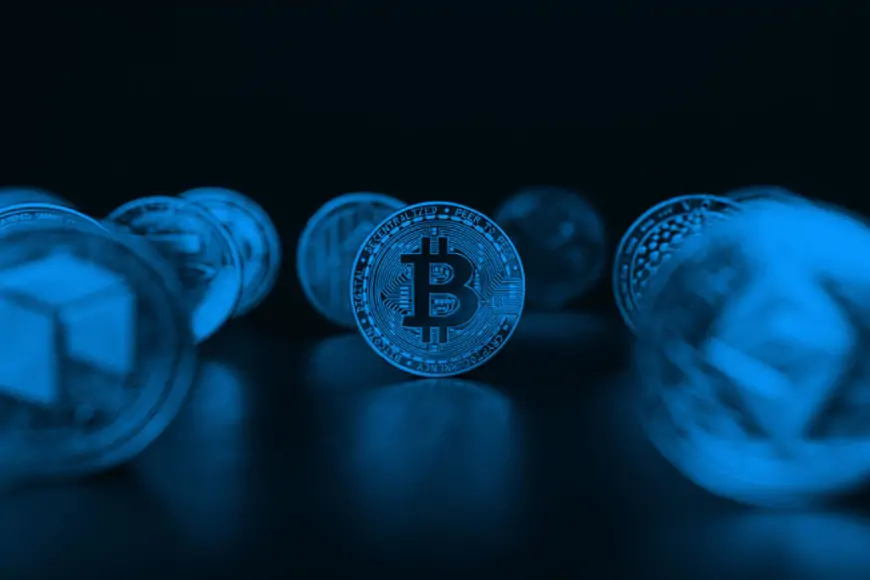What is Avalanche (AVAX)? All about AVAX coin
Avalanche (AVAX) is a decentralized platform aiming for high-speed, low-cost transactions and smart contracts. Discover its potential today.

Understanding Avalanche (AVAX)
Avalanche (AVAX) is a cryptocurrency and blockchain platform comparable to Ethereum, with AVAX as its native token. It employs smart contracts for diverse blockchain initiatives. Commenced in 2020, Avalanche strives for speed, flexibility, security, affordability, and inclusivity. It's open-source, allowing public scrutiny and contributions. Known for rapid transaction confirmation, AVAX facilitates transaction fees, network security, and serves as a fundamental unit across Avalanche blockchains.
Avalanche's smart contracts platform accommodates both decentralized applications (dApps) and autonomous blockchains, offering distinctive features:
Coin creation rate: AVAX's maximum supply is set at 720 million tokens, with users empowered to regulate the pace of new coin issuance. Through voting, AVAX holders adjust the reward for adding blocks to the Avalanche blockchain.
Participation incentives
Participants are incentivized with higher AVAX rewards for maintaining high uptime and rapid response times. The proof-of-stake mechanism governs Avalanche, requiring AVAX staking for transaction validation rights. Validators with significant staked AVAX and active participation are prioritized for block inclusion. Holding AVAX tokens also grants voting rights on governance proposals.
Consensus mechanism
Avalanche employs a unique confirmation method involving numerous random subsets of network participants, ensuring transaction finality.
Transaction fee structure
Transaction costs fluctuate based on transaction type and network congestion, with all fees burned to decrease AVAX circulation over time. AVAX fee adjustments are determined via user voting, enabling flexible fee structures.
Pros and cons of AVAX
| Pros √ | Cons × |
|
|
Comparing Avalanche and Ethereum
Curious about the disparities between Avalanche and Ethereum? Initially, Avalanche boasted a significantly quicker transaction processing rate, claiming 4,500 transactions per second compared to Ethereum's approximate 12. However, the network has yet to exhibit this velocity. For instance, on Dec. 4, 2023, the Avalanche blockchain averaged 12.89 transactions per second. During the week of Nov. 26, 2023, to Dec. 2, 2023, it averaged over 6.84 million transactions, equating to an average of 11.33 transactions per second, less than one million daily. Despite its fastest day reaching approximately 75 transactions per second, Avalanche still outpaces Ethereum.
The purportedly parallel nature of Avalanche's consensus protocol is purported to underpin its capacity to validate transactions notably faster than Ethereum. While Ethereum currently operates on a larger scale, accommodating numerous projects and transactions, Avalanche's purported scalability could provide it with a lasting edge over Ethereum, at least until Ethereum fulfills its speed and scaling pledges.
Additionally, Avalanche and Ethereum feature differing fee structures. All processing fees for Avalanche transactions are eradicated, whereas Ethereum burns only a percentage of transaction processing fees. Fees on both platforms fluctuate based on network congestion, with Avalanche's fee structure entirely subject to user governance.
Ensuring the safety of the Avalanche blockchain
Avalanche is deemed secure due to its consensus mechanism's randomized nature, purportedly offering robust safety measures that mitigate the risk of 51% attacks compared to other blockchains. Nonetheless, blockchains with fewer network participants face higher susceptibility to attacks than those with a larger user base.












































